I have worked at many race tracks in the UK and Europe over the years, but the Nürburgring has always escaped my schedule due to other commitments. What an introduction this year on my first visit there, when despite the forecast saying that there was only a small chance of rain, within the first couple of hours I had already been drenched twice. But drenching aside, this circuit is steeped in history and tales of conquest, and it thoroughly deserves its ‘legendary’ status. This ADAC Total 24 Hours at the Nürburgring was also certainly one for the record books.
The fans here are unlike the fans anywhere else, and can best be described as ‘hard-core’ motorsport enthusiasts. Not only did some of the hardened, long-time fans set up sophisticated, electronic timing boards of their own, but they literally moved in for the week with all the comforts of home. You cannot even draw a comparison with say Le Mans, where the visitors all camp in designated campsites some inside the circuit and some away from the circuit, and who then make their way to the track or the grandstand. At the Nürburgring they camp all along the fence right around the track, wherever it is practically possible to set up a tent, and watch the race from nearby, just yards from their tents. I even saw some guys digging in, as they excavated a section of bank with spades in order to create a level viewing area. Several ‘communities’ had their own plunge pool, and some tent communities brought their own plumbing supplies with an electricity generator so that they could enjoy a hot shower complete with an outside basin for shaving and an old cupboard!
The fans are allowed to wander around almost anywhere, without the presence of ‘heavies’ lurking at every doorway or gate, and the fans enjoyed every moment, come rain, sunshine or hail. At the Nürburgring, the racing is for the fans and the fans are there for the racing – it’s a great atmosphere, or tolle Stimmung, to use a good down to earth German phrase!
On the organisational front, it is mightily impressive, some would say German efficiency at its best. From the knowledgeable and helpful staff in the media centre to the shuttle drivers, all tried to help and they were not afraid to speak English, unlike at some other circuits in Europe. The media shuttles ran every hour on the hour, either from the designated rank within the circuit, or from the outlying posts, and this makes a very reassuring difference for tired photographers who spent their days hiking all over the Eifel Mountains during the race.
But let me get down to the racing, after all, this is what we had all come to see. The weekend’s activities started on Thursday, with practice in the four main classes on the race card. There was the Audi Sport Seyffarth R8 LMS Cup, FIA WTCR, ADAC 24h-Classic and the main race, the ADAC Total 24h-Rennen. With the circuit being so long (roughly twice the length of the Le Mans circuit), it takes eight minutes plus for the quickest cars to get around, but it takes just one incident that brings out the recovery vehicles, for the whole field to be affected and bring matters to a standstill. Introduce a deluge or two, and the snarl up on the schedule is severe.
Friday saw the second qualifying session for the ADAC Total 24-hour race for which the top 28 cars were entered in the top qualifying session later that afternoon. This gave the fans a taste of the car’s real performance and an idea of what to expect over the weekend. Laurens Vanthoor in the #911 Manthey Racing Porsche GT3 R initially held pole position on the first lap of the shoot out, but the two Mercedes-AMG cars posted better times on their second laps, pushing the Porsche to third. Not that that was a problem, because the race on the weekend was 24 hours long.
After the dust had settled following the shoot-out, at the top of the grid, two Mercedes-AMG cars (the #2 and the #48) led the way with Porsches occupying positions three (Manthey Racing #911), five (Frikadelli Racing #31) and seven (Manthey Racing #1). A third Manthey Porsche, the #12 car, was in twelfth place. For the record, the third-placed #911 Manthey Racing Porsche GT3 R was a mere 0.6 seconds behind the pole sitting Mercedes over an eight-minute lap of the Nürburgring, so the competition at the top was really tight! In the post qualifying interview, Laurens Vanthoor said, “The Nürburgring 24 Hours is definitely the most difficult endurance race in the world.”
However, before the cars could even form up on the grid, the top contenders were all handed a revised Balance of Performance. The BMW M6 GT3 cars were relieved of 10 kg of ballast weight, while the Mercedes-AMGs were handed an extra 10 kg and the Porsches received 20 kg extra.
Behind the wheel of the #911 Manthey Porsche for the start was Kévin Estre, in the #31 Frikadelli Porsche it was Matt Campbell, while Patrick Pilet was handed the starting duties in the #1 Porsche with Lars Kern in the #12 Porsche. Dirk Werner started in the #44 Falken Porsche and Lucas Luhr was first behind the wheel in the #8 Iron Force Porsche. A total of 155 cars (and a total of 580 drivers over the whole race) took to the starting grid, which was sent on its way in three waves according to class.
The race got off to a strong start at 15h30 on Saturday afternoon, and with clear blue skies and warm temperatures, it was set to be a thrilling spectacle. Behind the wheel of the #2 Mercedes-AMG was Maro Engel, who out-gunned his second-placed Mercedes colleague, with Kévin Estre holding station in third. But when the cars crossed the start/finish line at the end of the first lap, Estre had moved ahead of the second-placed Mercedes, and the #2 Mercedes and the #911 Porsche held these positions for the next five and a half hours. Then on lap 35, at 21h00, Kévin Estre in the #911 Porsche passed Dirk Müller in the #2 Mercedes to take the lead in a daring manoeuvre as the two cars overtook a slower competitor. With three cars running abreast, Estre put two wheels in the dirt to get by at 277 km/h, and proceeded to pull away quite comfortably. A loud cry of disbelief could be heard in the press room as this move was carried out with total professionalism, and within two laps, Estre had opened up an almost ten second gap to the Mercedes.
While the campfires were burning and the sausages were being expertly turned on thousands of BBQs around the circuit, the drivers had other goals in mind. As the BBQ smoke drifted over the circuit and with the sun beginning to sink lower in the sky, the night time grind set in for the drivers. Although the sun was still up at around 21h00, the track surface had long been in the shade as the tall trees around the circuit cast a deep shadow on the circuit well before the sun actually set.
Unfortunately, with six hours on the clock, a puncture in the #1 Manthey Racing Porsche (driven by Patrick Pilet, Fred Makowiecki, Nick Tandy and Richard Lietz) initially set them back a lap, relegating the car down to sixteenth place. Likewise, a puncture for the #44 Falken Porsche due to debris on the track also pushed the team way down, as the car required a new rear bumper and the flailing tyre tore off the ABS sensor which meant a longer pit stop.
It came at 21h50, on lap 42, the biggest accident of the race thus far, when the #135 Porsche Cayman S and the #38 Nissan GT-R Nismo GT3 were involved in an horrific collision on the straightest section of the circuit, the flat-out Döttinger Höhe. Most drivers in the faster cars experience hairy moments several times in the race, as the number of overtaking actions every lap combined with the wide spectrum of driver experience on track, means that overtaking must be carefully calculated every time. It was around this time that the crowd’s favourite, the #122 Opel Manta, was hit by another car destroying the Opel’s front bodywork and suspension. This car has been racing in the Nürburgring 24 Hours for the last 20-plus years, and has become part of the event’s history. Many were disappointed at this car’s retirement.
With 44 laps completed, the opportunity arose to examine the quickest three cars on track. The fastest lap time at that point had been posted by the #705 SCG003C Glickenhaus (8:19.670 – a new lap record), followed by the #2 Mercedes-AMG GT3 (8:20.555) and the #911 Porsche 911 GT3 R (8:20.736). As the hour of midnight approached, and with 53 laps behind them, the order at the top remained much the same with the #911 Porsche in the lead, followed by the #705 Glickenhaus and the #48 Mercedes. The only BMW M6 GT3 still within touch of the top ten was the #33 Falken car, which was maintaining a steady pace in 14th place, while no fewer than four of the other top-running M6s were involved in various accidents and had retired.
At around 23h15, the #2 Mercedes dived inside the #90 Toyota GR Supra at the Mercedes Arena corner, and the result of the contact was that the Toyota spun but appeared undamaged and continued on, while the #2 Mercedes (with Adam Christodoulou at the wheel) was forced to pit. The Mercedes was rolled back into the garage, and then further to the back of the garage, where the car was retired with obvious suspension damage.
A dry and crisp night ushered in a clear morning to reveal the #911 Manthey Racing Porsche GT3 R (Estre) still in the lead, followed by the #48 Mercedes-AMG (Hohenadel) and the #31 Frikadelli Porsche GT3 R (Jaminet). The young Frenchman, Mathieu Jaminet, who has shown promising signs of turning into a polished Porsche driver, also scored the car’s excellent fifth place start on the grid.
The #44 Falken Porsche GT3 R that survived an early puncture and a long pit stop, had initially dropped back to 51st position, fought its way back up the field during the night and lay in 20th place by early morning. As the clock ticked towards 07h00 on Sunday morning, Jaminet in the #31 Porsche pulled off an excellent overtaking manoeuvre going into the right/left-hander at the Mercedes Arena when he passed the #48 Mercedes-AMG to take second place. This made it a Porsche one-two with fifteen and a half hours on the clock, while Dennis Olsen made it three in the top ten with the #12 Manthey Racing Porsche GT3 R in tenth place. The #705 Glickenhaus, which had performed so well in the first half of the race, had to pit during the night to have its front suspension repaired. It made a further stop for repairs following a spin at around sunrise, which dropped the striking red car back to 17th place.
Sadly, for the #1 Manthey Racing GT3 R of Fred Makowiecki, Patrick Pilet, Richard Lietz and Nick Tandy, their race was brought to a premature end. The chance for the defending champions to claim a podium again was thwarted with a puncture while in third place (lap 61) which sent them back to 37th place, but Richard Lietz’s attempts to make up the lost laps ended in an accident and the car was retired. Richard Lietz had this to say afterwards, “That was a normal Nordschleife accident, it’s something that happens here often. That’s racing, if you don’t attack, you’re too slow. If you attack too hard, there’s always the risk that something can happen.”
Meanwhile, back up at the front of the race, the #31 Porsche (Jaminet) and the #48 Mercedes (Hohenadel) were engaged in a thrilling battle with the Porsche holding off the Mercedes. It appeared that the Porsche had the edge over the Mercedes on acceleration out of the slow corners, but there was otherwise very little to choose between the two cars. The fastest lap of the race thus far was posted by the #22 Ferrari 488 GT3 (Evo18) at around 07h30 Sunday morning with a time of 8:18.799, although the car was four laps down on the leader. Not to be outdone, Estre recorded the #911’s fastest time of the race with an excellent 8:19.479, although this was not unexpected with the slightly cooler temperatures and the improved visibility of the early morning session.
After an hour photographing in the pit lane capturing the driver and team action up close, it was time to return to media centre to see out the race. It seemed alien to watch the teams in the pit lane as they strolled around their cars (relatively speaking) polishing lamp covers, changing tyres in a relaxed manner, and where the wheels had four or five studs instead of a single centre-lock nut, these were torqued by hand. Brake and cooling ducts were all examined and cleaned out comparatively casually. Even more unbelievable, was the fact that the cars were refuelled by means of a traditional petrol bowser, just like the one you use for your family car, and what’s more, the refueller checked the fuel level by sight!
Having run nose-to-tail with the #31 Porsche for so long, the driver of the #48 Mercedes lost control coming out of the Karussell, clouting the left-hand barrier and skidding across the road. With the driver and the car suffering obvious suspension damage, the once proud #48 Mercedes was towed unceremoniously to safety. This promoted the #31 Porsche up into second place and the #29 Audi R8 LMS, driven by René Rast, into third place. More seriously though, at around 10h15 on Sunday, a Cupra vaulted the barrier and lay upside down on the other side of the Armco barrier. Understandably we did not get to see too much footage of this incident, but initial reports were that the drive was okay. A tremendous scrap between the #4 and the #29 Audis kept the fans enthralled for a couple of hours.
At 07h44 on Sunday morning, the #31 Porsche had to serve a 33 second penalty for falling below the minimum pit stop time. This minimum pit stop time is calculated by means of a complex set of regulations that is based on the number of laps completed, and differs from class to class. This pit stop time is more of a minimum pit lane time, as the driver has to activate a stop watch as he/she enters the pit lane, and again upon exiting the pit lane. One of the Porsche teams calculated that from the time of release by the pit crew until their car reached the pit exit was seven seconds, and this time had to be factored in so that the car crossed the pit lane exit marker exactly on time. The driver is also not permitted to slow down in the pit lane if the minimum time is not going to be met, and so it is really a complex set of criteria that need to be met, in order to avoid a penalty.
At 11h30 on Sunday, another very scary moment with potential disastrous consequences, was narrowly avoided. The battle for third place by three cars had been going on for an hour or more, between the #4 Audi, the #6 Mercedes and the #29 Audi. As if linked together by an imaginary cable, these three had been sweeping through the twists and turns of the Eifel circuit, overtaking slower cars as though they were one. Along the extremely fast Döttinger Höhe straight, the fifth-placed #29 Audi moved out of the #6 Mercedes’ slipstream to overtake on the left, and with the Audi alongside, the Mercedes moved sharply and very clearly to the left to block the move. The left-rear of the Mercedes made contact with the Audi, forcing the Audi completely off the track and onto the grass. At those speeds, the chances of the Audi losing grip completely on the grass were very high, but to the driver’s credit, he held firm and brought the car back onto the track. As if in payment for the uncalled for move by the Mercedes, a trail of smoke was immediately visible from the back of the Mercedes, resulting in an unplanned pit stop for a new tyre and repairs to the rear bodywork. The Audi team manager was spotted soon afterwards making his way purposefully towards the Mercedes garage where strong words were spoken.
At exactly noon on Sunday, and with three and a half hours left to go, the #44 Falken Porsche was running in 18th place with the #705 Glickenhaus up in 14th place, three laps down on the leader. At this time, the second-placed #31 Porsche had to make a long and painful trip back to the pits due to a puncture, and also to receive a substantial amount of duct tape to hold the rear wheel arch bodywork in place. It seemed alien to watch the car sitting in the pit lane, tyres changed and repairs done, while the clock ticked down the minimum time required for such a stop. It seems such a waste of driving time, robbing not only the fans, but also the team as they lose any competitive advantage while they wait pointlessly for the seconds to tick away.
At 12h30 on Sunday, the #911 lead Porsche was handed a 5 minute 32 second penalty for ignoring the speed limit in a safety zone. This significantly impacted on the state and order of the race, as this penalty would potentially place the car down in fifth once the penalty had been served.
As the clock wound down, things began to happen as the #6 Mercedes had an accident and the #29 Audi was seen travelling slowly back to the pits with its right rear wheel flailing wildly, destroying the bodywork and distributing bits of rubber and car along its path. At 13h10, the #911 lead Porsche called into the pits to serve its 5:32 minute stop/go penalty. With all of the above drama unfolding, there was just no way of telling how this race would play out. With all of this tension and a little more than two hours to run, one journalist quipped, “This is something the ACO will never understand, how to make Le Mans more exciting…just invite more Clios!” unfortunately the #29 Audi didn’t make it back to the pits in the end, as the car had either sustained too much damage en route to continue, or the driver was instructed to pull over.
As it happened, the #911 Porsche only slipped back one place to second after serving its time penalty, as the three cars that would have been ahead of it were taken out of the equation; the #6 Mercedes had an accident, the #29 Audi through a puncture, and the #31 Porsche as a result of a technical problem. At exactly 13h30, and with just two hours left to run, the #4 Audi took the lead in the 2019 Nürburgring 24 Hour race. With the #911 Porsche having led the race from 21h00 on Saturday evening for a total of sixteen and a half hours, it seemed somewhat unfair that such a commanding lead should be snatched away in this manner. But, rules are rules, and they are there for everyone to obey.
The #911’s task in the final hour was to whittle down that 45 second deficit it inherited once it was allowed back into the race. During the time it was stationery, the #4 Audi had been eating up the miles at a phenomenal rate, but once the #911 Porsche was let loose, it too put the hammer down, reducing the gap to 37 seconds before long. In fact, many of the top runners were now upping the pace, as the #33 Falken BMW had moved up to seventh, the #705 Glickenhaus occupied tenth spot, and the #44 Falken Porsche was lying in 14th place.
A heart-stopping moment for the #44 Falken Porsche occurred at 14h10, when the car lost grip, did a 360-degree spin at high speed and glanced the barrier, but then continued on its way. The car made it back to pits intact where it was set upon by the mechanics. With just one hour to go in this epic race, the second-placed #911 Manthey Racing Porsche called into the pits for tyres, fuel and a driver change. Laurens Vanthoor climbed out and Kévin Estre got in for what was the final driver change of the race. Vanthoor had put in an excellent stint, initially eating away at the deficit to the lead Audi, and then holding station with some great lap times. The #4 Audi also called into the pits for its last driver change, and so it was a run to the flag for the two fastest cars on track, both with new rubber, a full tank of fuel and a fresh driver.
As the clock ticked down the final hour, this offered an opportunity to reflect on the race itself. For once, the rain held off making this a race for the record books. We saw a new lap record, some truly amazing driving as well as a few bad accidents, but this is racing. With just twenty minutes left in the race, the order had not changed from a half hour earlier. The top players were all turning excellent laps (around 8:22.902), and the gap between the #4 Audi and the #911 Porsche had not budged. This was destined to be the finishing order at 15h30. In a fitting finale, the #122 Opel Manta came out to do a last lap, to huge applause and acclaim by the manufacturers in the pit lane, and by the wider fans right around the circuit.
As the final lap was run at the Nürburgring, flag waving took on a whole new meaning, as all the fans around the circuit came to the fences and waved Audi, BMW and Porsche flags, irrespective of who they supported. There were banners, national flags, unknown flags and bits of clothing being waved, in fact almost anything that could be waved, was called into duty. The atmosphere at the circuit is second to none, and it was refreshing to witness such enthusiasm for motorsport.
In the end, it was the #4 Audi that was victorious, followed by the #911 Porsche and the #3 Mercedes-AMG. It was a nail-biting race right to the end, and understandably the Audi team were jubilant, but so were the others who did not win. After all, this race is acknowledged by most of the drivers as the most difficult endurance race in the world and to survive 24 hours around this track is no small accomplishment. Of course, we were rooting for the #911 Porsche, and finishing second was a fantastic achievement, but they will be disappointed not to win this one when it was in the palm of their hand. Porsche Road & Race congratulates all the finishers, and especially the winning Audi crew.
Written By: Glen Smale
Images by: Virtual Motorpix/Glen Smale and Kevin Ehrlich/Rennphoto
ADAC Total 24 Hours – One for the Record Books

#911, Porsche 911 GT3 R (991 II), Manthey-Racing, SP9 (FIA-GT3), drivers: Earl Bamber, Michael Christensen, Kevin Estre, Laurens Vanthoor at ADAC Total 24-Hour Race on 22.06.2019 at Nürburgring Nordschleife


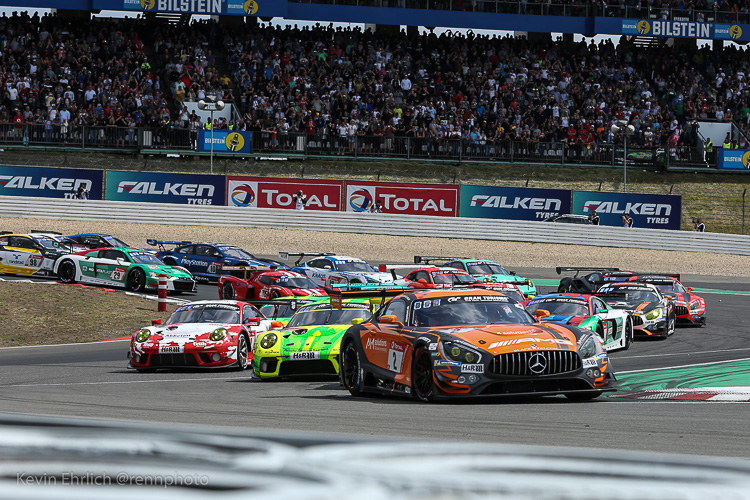


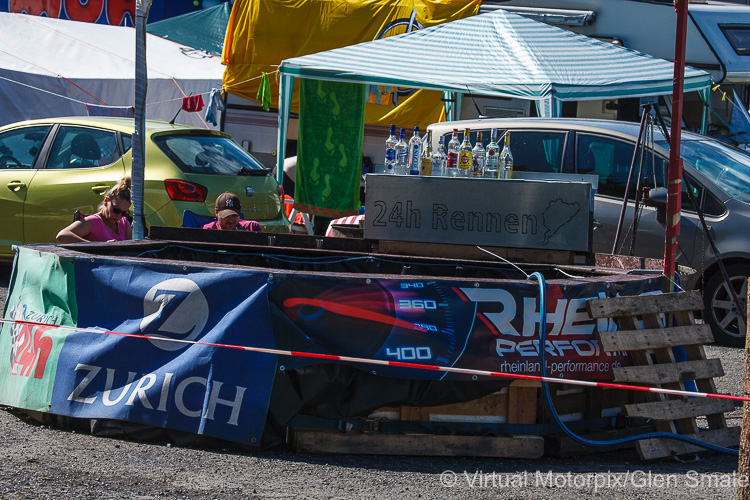

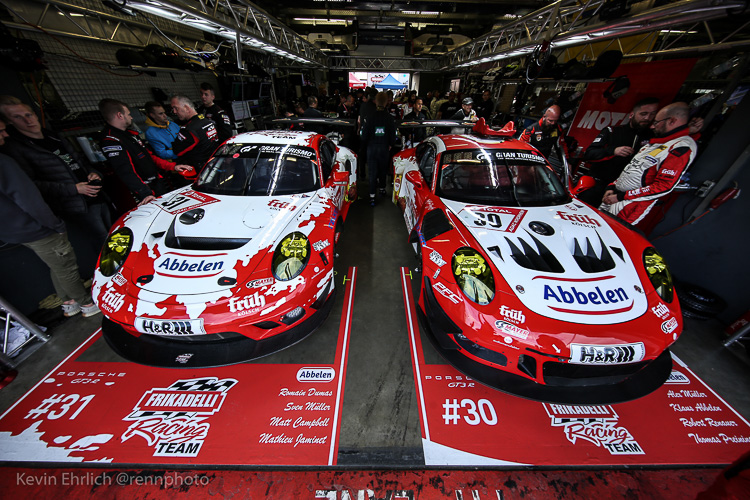
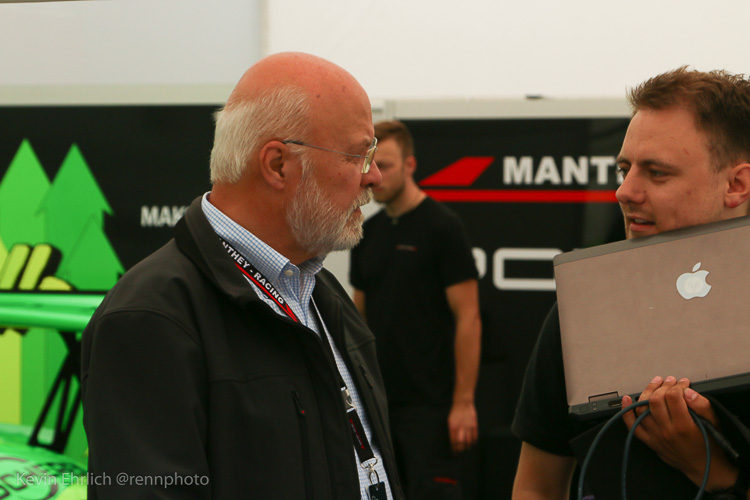





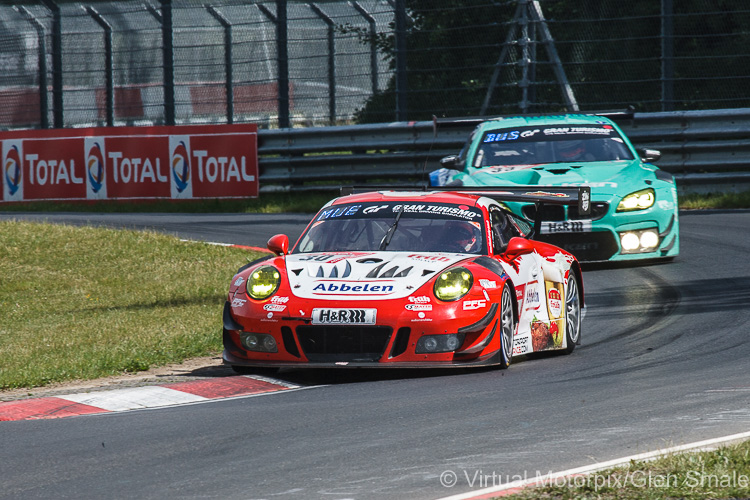
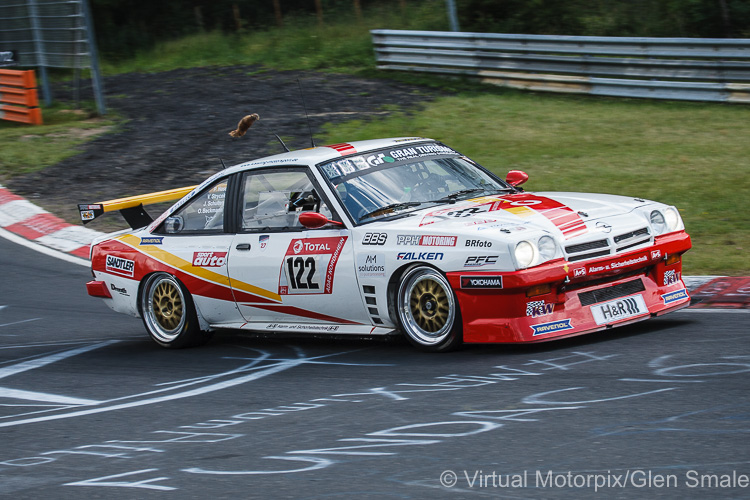

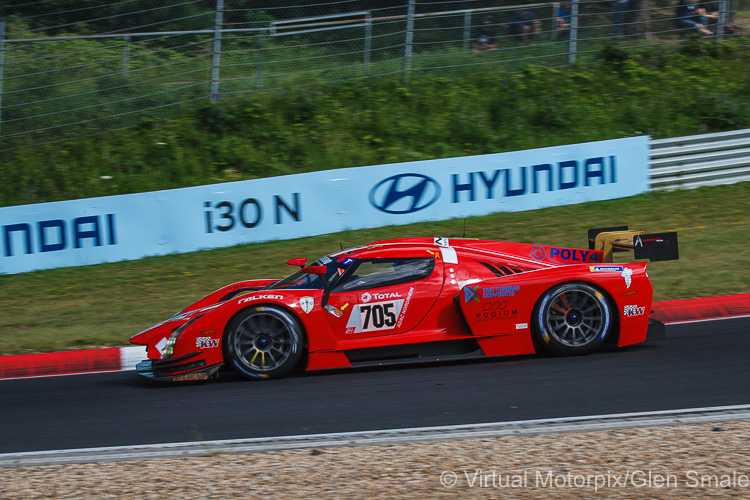
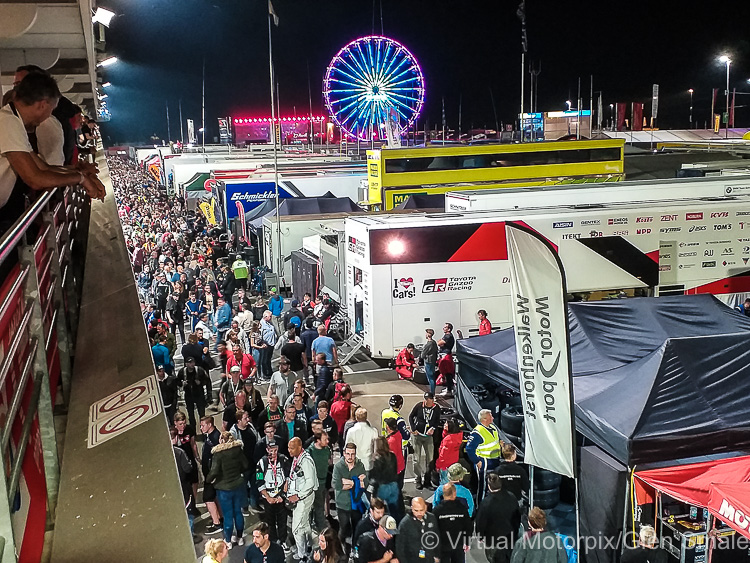

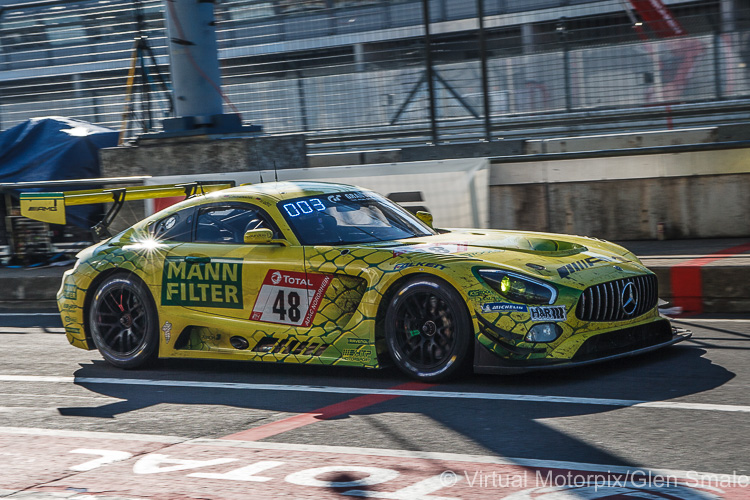

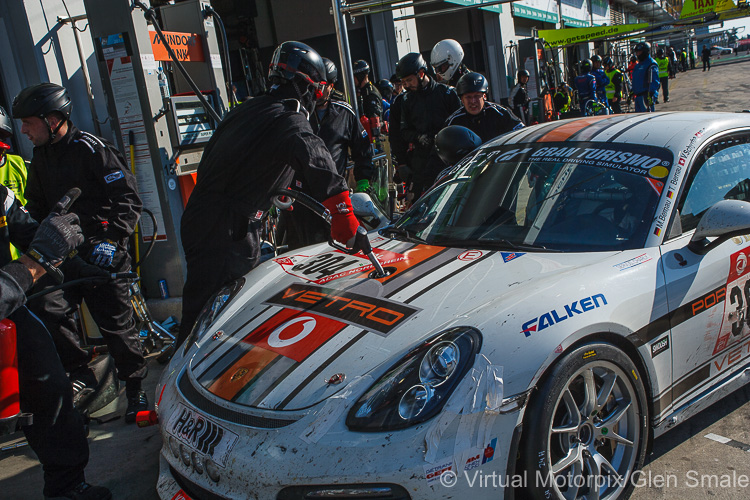





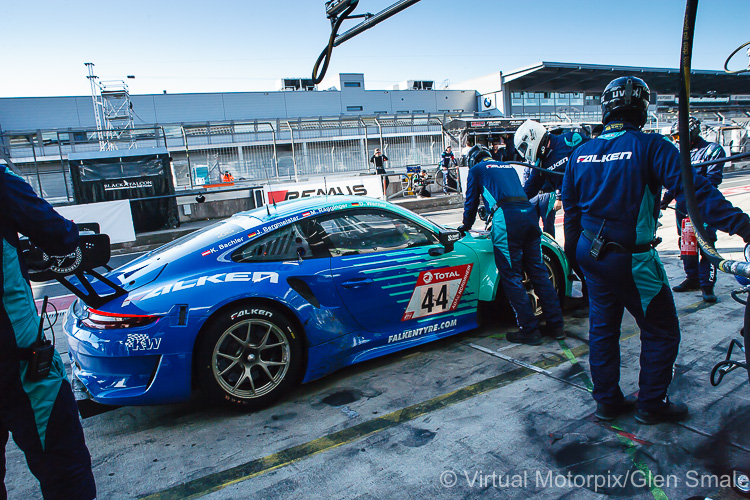






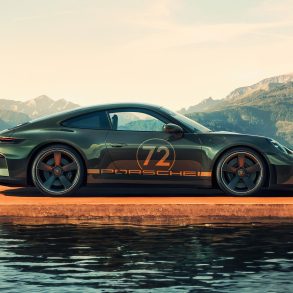




What a thrilling race report. I have often read that the ADAC 24 is something else, but Glen’s compelling account really made me wish I’d been there. GANZ tolle Stimmung!
And what a contrast with the procedings the previous weekend – Glen was quite right to cite the fellow who said the ACO just doesn’t get it.
I take my hat off to a fine piece of writing!
0
Thanks Kieron, I was really blown away not only by the total spectacle of this event but also the organisation and the professionalism, while at the same time the openness of the whole show. Awesome, as an oft over-used adjective, is certainly not over the top in this case!!
0